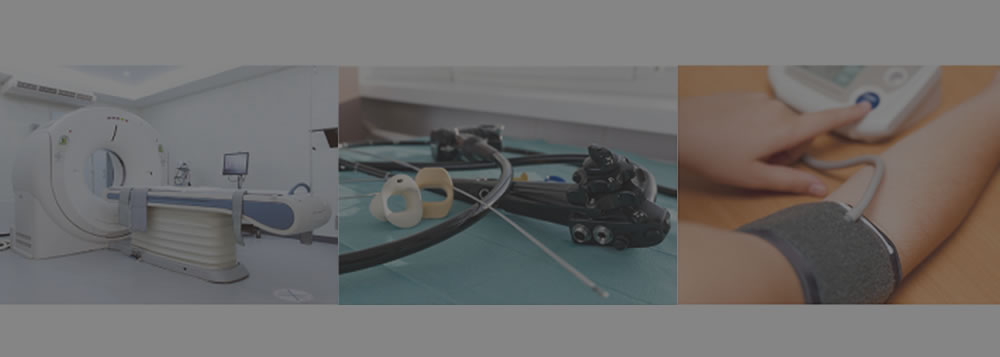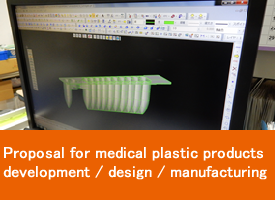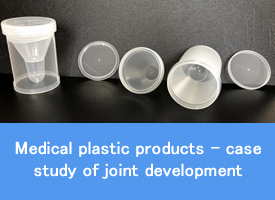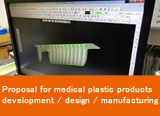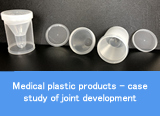For the manufacture of medical devices and parts, especially for the manufacture of sterilized medical devices, the manufacture of medical devices and components is often performed in a clean room. Although it is not mandatory to manufacture medical devices and parts in a clean room, there is an idea that manufacturing medical devices and parts for use on the body in a clean room can prevent contamination caused by bacteria, since the elimination of dust can also eliminate bacteria.
In addition, since the number of airborne bacteria in the air and the number of airborne particles tend to be proportional, the control of the number of airborne particles is used as an index in clean rooms.
The standard for clean rooms is defined by the Federal Standard 209 in the United States, and the commonly applied version is the revised version of Federal Standard 209D. This represents the cleanliness of how many particles 0.5 micron or larger in a cubic foot (28.8 liters). For example, Class 100 means that there are 100 or less particles of 0.5 micron or more in 1 cubic foot. Class 1000 means that there are 1000 particles or less.
Clean rooms are also standardized in JIS standard JIS B 9920 and ISO standard ISO 14644-1 (class 1 to class 8) (for fine particles of 0.1 μm or more in 1 cubic meter), but the standard name of Federal Standard 209D is Commonly used.
Clean room cleanliness table
| Federal Standard209D |
0.1μm | 0.2μm | 0.3μm | 0.5μm | 5μm |
|---|---|---|---|---|---|
| Class 1 | 35 | 8 | 3 | 1 | – |
| Class 10 | 350 | 75 | 30 | 10 | – |
| Class 100 | 3,500 | 750 | 300 | 100 | – |
| Class 1,000 | 35,000 | 7,500 | 3,000 | 1,000 | 7 |
| Class 10,000 | – | – | – | 10,000 | 70 |
| Class 100,000 | – | – | – | 100,000 | 700 |
Reference:Federal Standard209D




